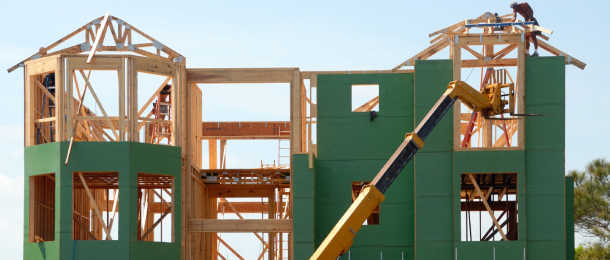A technical specialist servicing the sector has reminded advisers trustees should rule out using a limited recourse borrowing arrangement (LRBA) to acquire an SMSF property they have earmarked for transformation into a different income-producing asset.
In particular, Accurium superannuation adviser Jason Hurst stipulated an LRBA could not be used, for example, to fund a property that was originally purchased as a residential dwelling, but later turned into a commercially functioning restaurant.
In a similar vein, Hurst warned against putting an LRBA in place to acquire a residential property with a view to subdividing it to generate a higher level of income.
“If an SMSF trustee purchases a property, and perhaps they see a future opportunity to make some money by subdividing that property, they will need to wait until that [original] loan is repaid and the asset is moved back to the SMSF before they can consider subdividing the block or making a house suddenly become three apartments or something like that, they will generally have to wait,” he told attendees of a recent technical webinar.
He reiterated monies from an LRBA can only be used to fund repairs and maintenance in relation to an SMSF real estate asset.
“Repair and maintenance, and you’re probably familiar with this [concept] from general tax principles, are works done to fix defects or prevent damage or defects,” he explained.
“So you’re really just bringing the item or the asset or part of the asset back to its original functionality.
“That is always allowable under an LRBA and it could be funded from borrowing if that is part of the loan agreement, but it could also be funded by the SMSF cash as well.”
He referred practitioners to the ATO’s Self Managed Superannuation Funds Ruling 2021/1 for worked examples of what constitutes a repair and what is considered an improvement to a property an SMSF holds.




